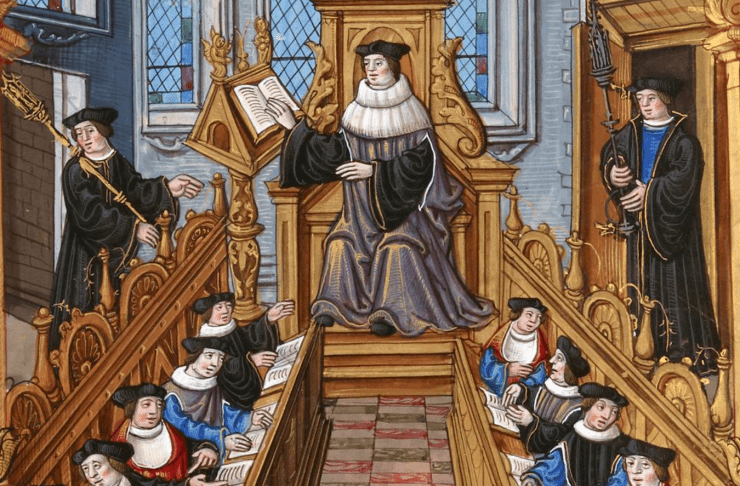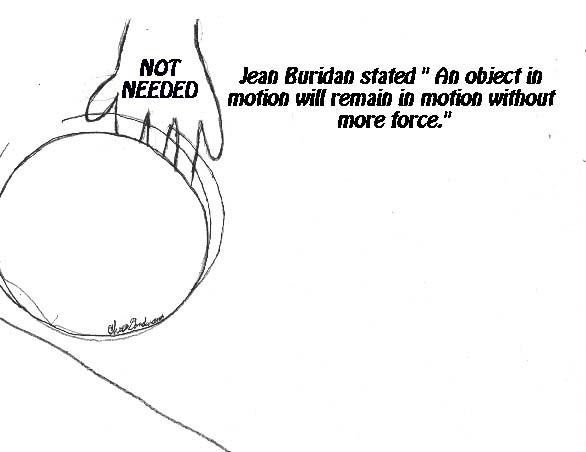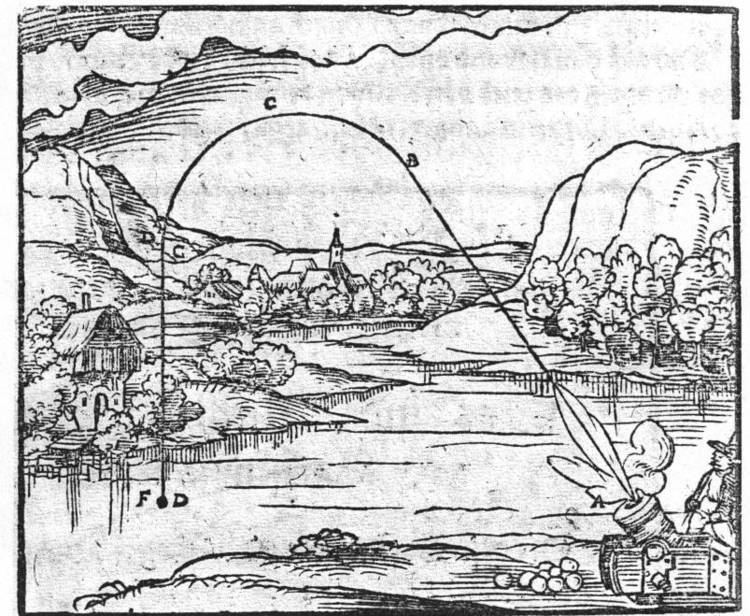Name Jean Buridan Died 1358 | ||
 | ||
Books John Buridan on self-reference Similar People | ||
Jean Buridan
Jean Buridan ([byʁidɑ̃]; Latin: Johannes Buridanus; c. 1295 – 1363) was a French priest who sowed the seeds of the Copernican revolution in Europe. He developed the concept of impetus, the first step toward the modern concept of inertia, and an important development in the history of medieval science. His name is most familiar through the thought experiment known as Buridan's ass (a thought experiment which does not appear in his extant writings).
Contents
- Jean Buridan
- Career
- Impetus theory
- Apocryphal stories and anecdotes about personal life
- Selected works in English translation
- References

Career

Born, most probably, in Béthune, France, Buridan studied and later taught at the University of Paris. Unusually, he spent his academic life in the faculty of arts, rather than obtaining the doctorate in theology that typically prepared the way for a career in philosophy. He further maintained his intellectual independence by remaining a secular cleric, rather than joining a religious order. By 1340, his confidence had grown sufficiently for him to launch an attack on his predecessor, William of Ockham. Buridan also wrote on solutions to paradoxes such as the liar paradox. An ordinance of Louis XI of France in 1473, directed against the nominalists, prohibited the reading of his works.

The bishop Albert of Saxony, himself renowned as a logician, was among the most notable of his students.
Impetus theory

The concept of inertia was alien to the physics of Aristotle. Aristotle, and his peripatetic followers held that a body was only maintained in motion by the action of a continuous external force. Thus, in the Aristotelian view, a projectile moving through the air would owe its continuing motion to eddies or vibrations in the surrounding medium, a phenomenon known as antiperistasis. In the absence of a proximate force, the body would come to rest almost immediately.
Jean Buridan, following in the footsteps of John Philoponus and Avicenna, proposed that motion was maintained by some property of the body, imparted when it was set in motion. Buridan named the motion-maintaining property impetus. Moreover, he rejected the view that the impetus dissipated spontaneously (this is the big difference between Buridan's Theory of impetus and his predecessors), asserting that a body would be arrested by the forces of air resistance and gravity which might be opposing its impetus. Buridan further held that the impetus of a body increased with the speed with which it was set in motion, and with its quantity of matter. Clearly, Buridan's impetus is closely related to the modern concept of momentum. Buridan saw impetus as causing the motion of the object. Buridan anticipated Isaac Newton when he wrote:
...after leaving the arm of the thrower, the projectile would be moved by an impetus given to it by the thrower and would continue to be moved as long as the impetus remained stronger than the resistance, and would be of infinite duration were it not diminished and corrupted by a contrary force resisting it or by something inclining it to a contrary motion (Questions on Aristotle's Metaphysics XII.9).Buridan used the theory of impetus to give an accurate qualitative account of the motion of projectiles but he ultimately saw his theory as a correction to Aristotle, maintaining core peripatetic beliefs including a fundamental qualitative difference between motion and rest.
The theory of impetus was also adapted to explain celestial phenomena in terms of circular impetus.
Apocryphal stories and anecdotes about personal life
Apocryphal stories abound about his reputed amorous affairs and adventures which are enough to show that he enjoyed a reputation as a glamorous and mysterious figure in Paris life. In particular, a rumour held that he was sentenced to be thrown in a sack into the River Seine, but was ultimately saved through the ingenuity of a student. François Villon alludes to this in his famous poem Ballade des dames du temps jadis. Buridan also seems to have had an unusual facility for attracting academic funding which suggests that he was indeed a charismatic figure.
